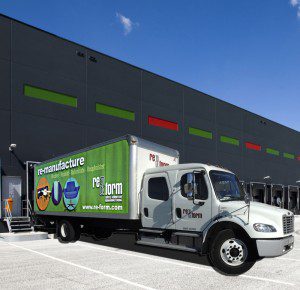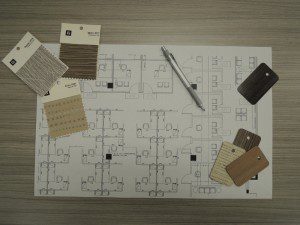
MOVING BASICS
All of our Project Managers have degrees in Interior Design, and their primary focus is to develop an optimized office furniture layout that meets the latest safety codes while ensuring timely furniture delivery and installation. Whether they’re helping refine an existing furniture layout or developing a new one, our Project Managers are always conscious of ergonomics, workflows and costs. These considerations, along with your programming data and floor plan, will form your Furniture Plan. This plan is used for your quote, and the considerations include:
- Programming requirements for workgroups
- Company image and finishes
- Future expansion
- Workflow
- Building codes, life safety issues and ADA requirements
Click here to see Typical Workstation Configurations for various space requirements
MOVING TIPS

The information you find here is meant to be helpful to non facilities management professionals, and is geared toward moving and reconfiguring systems furniture and case goods.
We are starting this page with suggestions from our Project Managers based on their experience with moves and reconfigurations, and will be adding to the list as we go. If you would like to share any valuable lessons you have learned along the way, please send them to info@re-form.com and we will add them to our list.
GETTING STARTED
Narrow down the list of decision-makers in your organization and expect consensus from them. Designate a move leader and a move team. Democracy is a good thing, but a little goes a long way in an office move.
Make sure your vendors communicate all their lead times and installation dates, and be sure each vendor knows all critical dates. Distribute vendor and client contact information and schedules to everyone involved. Progress meetings are helpful. Communication is invaluable.
 PROGRAMMING AND PLANNING
PROGRAMMING AND PLANNING
Use your move as an opportunity to standardize furniture types and finishes. See our comments on refurbishing or replacing to see whether to keep items or to discard them.
If you are keeping large pieces of furniture, make sure they will fit through doorways and into elevators in your new space. Arrange for specialty movers for large furniture or equipment.
MOVING AND RECONFIGURING
Reserve the loading facilities and elevators for your move day. Find out if any special building requirements exist (e.g., Masonite for floors, special security conditions, freight elevator access, time restrictions, etc.). If your new property manager requires them, make sure you get certificates of insurance from all vendors before the move.
Round up keys to files, pedestal drawers and overheads. Label them and make copies (some keys are hard to replace). Keep a copy of the floor plan marked up with key numbers.
Renting crates and packaging equipment can sometimes be better than buying boxes. The crates and dollies are sturdy and offer better protection than boxes, the environmental impact is less, and employees are forced to unpack sooner, as crates have to be returned.
Be sure to label everything you move with the room number and location of its destination. Tape a copy this layout of every office on the door so movers know where to place things.
Have move team members at both locations during the move.
DISASSEMBLING AND INSTALLING
Be certain that everyone knows to empty work stations completely the day before furniture is disassembled and moved.
Tape cords and cables to equipment to prevent loss instead of disconnecting them.
UNPACKING
Make a “welcome packet” for people moving into systems furniture work stations. Include information about not plugging space heaters, laser printers, coffee pots etc., into the base power receptacles, and spell out which circuit is for computers.
Load files from the bottom up to keep them from toppling over.
Be sure to schedule a walk-through with all vendors as soon as their work is completed to address punch items.
WE’RE HERE TO HELP
Re-form is here to make your move simple. When it comes to the systems furniture component of your project, we can help you optimize your space plan, make recommendations that fit your budget, and coordinate the pickup, delivery and installation of your office furniture.
To learn about how we fit into your project, visit our Basics page for a quick overview of:
New to systems furniture? If you’re unfamiliar the topic, look through our Typicals page for information on commonly use layouts or get some ideas for your project by looking through our recently completed projects.
Our Office Move Tips page has tips for our Project Managers and customers, and is a great place to scan for items and events worth remembering.
GOT YOUR HANDS FULL?
A recent IFMA study cites that half of all office administrators who are asked to coordinate an office relocation either quit, transfer, or take a leave of absence at the conclusion of the project.
Any relocation or expansion has a lot of moving parts, and you get one chance to get it right. Re-form will help from the time we start your furniture plans to the time we hand you the keys. Our Interior Designers and Project Managers do this every day, and while its bad luck to say we’ve seen it all, we sure have figured out most of the booby traps you’ll find specifying and installing furniture. We want you to be in the 50% that are taken to lunch and promoted.

 PROGRAMMING AND PLANNING
PROGRAMMING AND PLANNING